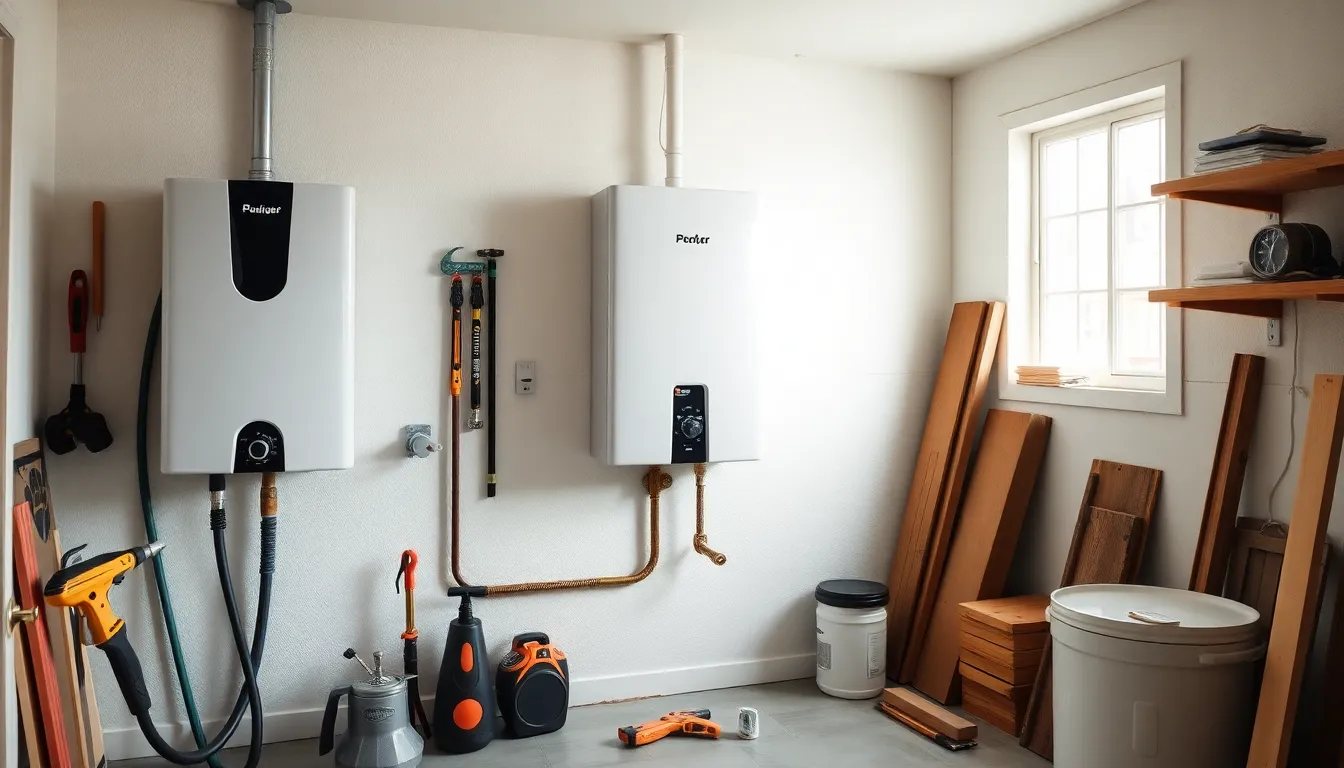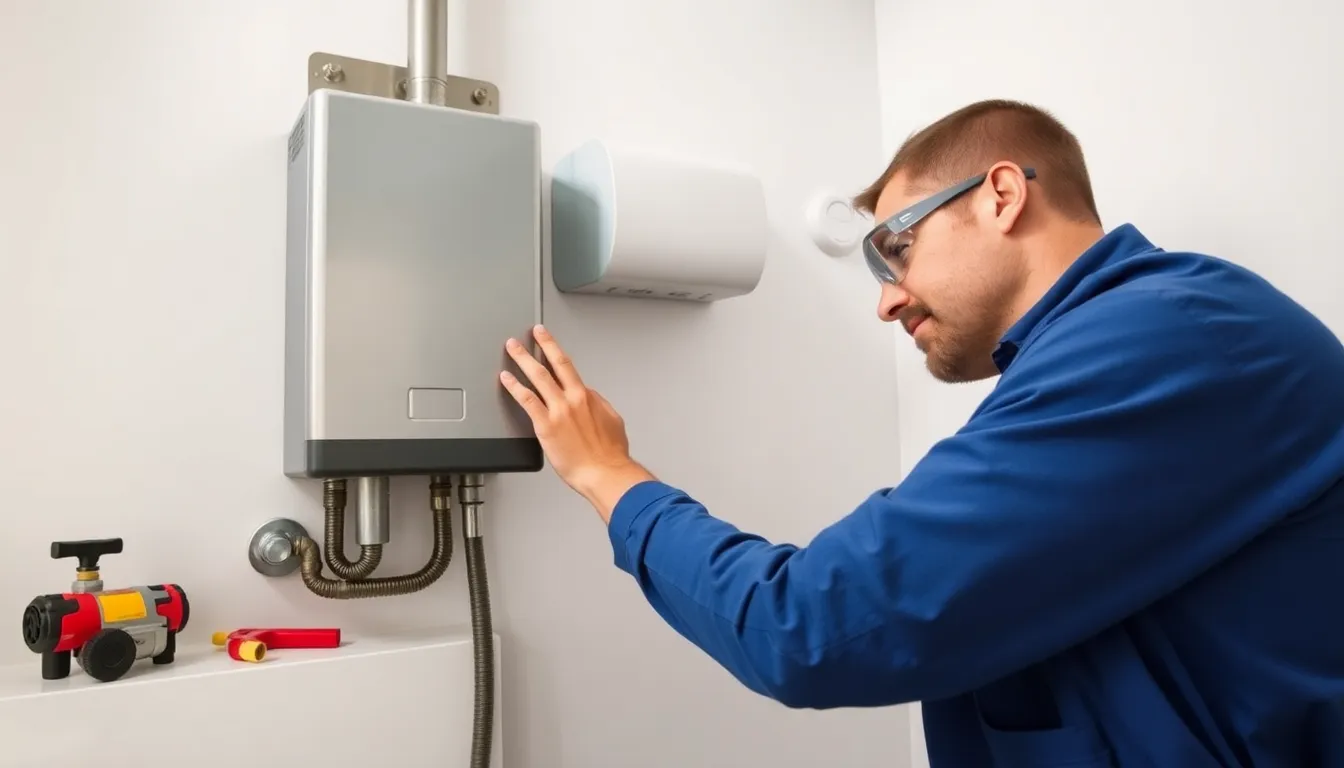Still dreaming of when you can step into a shower that delivers a steady stream of hot water without the fear of running out mid-rinse. With tankless water heater installation during a remodel, you can transform your daily routines into a luxurious experience. Unlike traditional systems, tankless units heat water on demand, ensuring efficiency and space-saving benefits that resonate with modern living.
As more homeowners in the Rio Grande Valley embrace remodeling projects, the choice to upgrade to a tankless system stands out. This article explores the advantages of tankless water heaters, from energy savings to endless hot water, while guiding readers through the installation process. With insights tailored for property managers and DIY enthusiasts alike, it’s time to discover how this innovative solution can elevate any home renovation.
Overview of Tankless Water Heaters
Tankless water heaters provide an efficient alternative to traditional models by heating water on demand. Unlike conventional systems that store hot water in a tank, tankless units heat water directly as it flows through the system. This process eliminates the need for a constant supply, offering a continuous stream of hot water.
Homeowners in the Rio Grande Valley benefit from the compact design of tankless water heaters, which save valuable space. These systems mount on walls, freeing up floor space typically occupied by bulky tanks. The efficiency of tankless units leads to lower energy consumption, translating into savings on utility bills.
The lifespan of a tankless water heater typically extends up to 20 years, nearly double that of traditional models. With fewer maintenance needs and longer service life, these units present a practical investment. Property managers and contractors appreciate the longevity and reliability of tankless systems during remodel projects.
Installation involves connecting the unit to existing plumbing and ensuring adequate gas or electrical supply. The process may vary based on the specific layout of the home and the model selected. For those considering a tankless system, consulting with experts in quality plumbing service facilitates a smooth transition, ensuring optimal performance and safety.
Benefits of Tankless Water Heater Installation

Tankless water heaters present multiple advantages when installed during a remodel. Their efficient design and functional benefits enhance overall home comfort.
Energy Efficiency
Energy efficiency marks one of the most significant benefits of tankless water heaters. These units operate on-demand, heating water only as needed. This feature results in lower energy consumption compared to traditional tank heaters. On average, homeowners report energy savings of 30% to 50%. Additionally, a tankless system can provide endless hot water, ensuring there’s no waiting time between uses. This continuous supply further contributes to reduced energy waste.
Space Saving
Space-saving qualities stand out in tankless water heater installations. Traditional tanks often require substantial floor space, while tankless models have a compact design. They can be mounted on walls, freeing up valuable square footage in utility rooms or closets. Homeowners reclaim this space for storage or other uses, optimizing overall home functionality. With various installation options, these units fit seamlessly into any remodeling project without compromising room dimensions.
Considerations Before Installation

Installing a tankless water heater during a remodel involves specific considerations to ensure optimal performance and compliance with local regulations.
Plumbing Requirements
Plumbing connections must align with the specifications of the tankless unit. The existing plumbing system might require modifications to accommodate the new setup. A licensed plumber will assess the condition of pipes and recommend necessary upgrades for efficient water flow. Such modifications typically include replacing old pipes with larger diameter ones to handle the flow rate demanded by tankless systems.
Electrical Needs
Electrical capacity plays a critical role in installation feasibility. Tankless water heaters require a dedicated electrical circuit to operate, particularly those that run on electricity. The circuit needs to handle the power load specified by the unit manufacturer. Electricians can evaluate the home’s electrical system; they may need to upgrade the panel or install additional circuits for safe operation. Gas units, while not reliant on electricity, require sufficient gas supply. Plumbers will confirm the size of the gas line to ensure it meets the unit’s requirements.
For more detailed guidance on plumbing and electrical considerations, homeowners should consult expert plumbing solutions from professionals familiar with tankless water heater installations.
Steps for Installing a Tankless Water Heater

Installing a tankless water heater during a remodel involves several important steps to ensure optimal performance and safety.
Choosing the Right Location
Choosing the right location for the tankless water heater is crucial. Select a spot with easy access to the home’s plumbing system. Place the unit near existing water lines to minimize the need for extensive modifications. Ensure the location has proper ventilation, especially for gas models, to prevent any build-up of harmful gases. Verify that sufficient space exists for maintenance and servicing without obstruction.
Professional vs. DIY Installation
Considering professional installation versus a DIY approach impacts the installation process and outcomes significantly. Professional installers bring expertise and knowledge of local codes, ensuring compliance and safety standards. They also handle plumbing and electrical modifications needed for proper functionality. DIY installation can save money but may pose risks without proper experience. Homeowners should weigh the potential cost savings against the need for reliable, expert service. Ultimately, consulting with plumbing professionals ensures the installation meets safety criteria while providing long-term performance.
Common Challenges

Understanding the common challenges of tankless water heater installation can help homeowners navigate the process smoothly.
Permitting and Regulations
Homeowners must comply with local building codes and regulations when installing a tankless water heater. Securing necessary permits is crucial to ensure the installation adheres to safety standards. Different jurisdictions may have varying requirements, so consulting with a licensed plumber familiar with local regulations is advisable. This step protects homeowners from potential fines and costly future adjustments.
Sizing the Unit
Selecting the appropriately sized tankless water heater presents another challenge. Homeowners must assess their hot water needs based on family size and usage patterns. Units vary in flow rates, typically measured in gallons per minute (GPM). For instance, a family of four may require a heater with a GPM of at least 7, while smaller households may need lower capacities.
Ensuring that the unit meets these demands prevents insufficient hot water supply and enhances overall efficiency. Consulting with plumbing professionals can streamline this process and guarantee the correct unit is selected.
Conclusion
Installing a tankless water heater during a remodel can significantly enhance a home’s efficiency and comfort. These systems not only provide an endless supply of hot water but also save valuable space. Homeowners can enjoy lower energy bills and a longer lifespan compared to traditional heaters.
By consulting with plumbing professionals and considering the necessary modifications, they can ensure a successful installation that meets all safety standards. With careful planning and the right choice of unit, a tankless water heater can be a smart investment that adds value and convenience to any home.
Frequently Asked Questions
What are the benefits of tankless water heaters?
Tankless water heaters provide a continuous supply of hot water, are energy-efficient, and save space compared to traditional tanks. They can lead to energy savings of 30% to 50%, helping to lower utility bills. Their lifespan of up to 20 years also makes them a cost-effective investment for homeowners.
How do tankless water heaters work?
Tankless water heaters heat water on demand, meaning they only activate when hot water is needed. This eliminates the need to preheat and store large quantities of water, providing a consistent stream of hot water while conserving energy.
What are the installation requirements for tankless water heaters?
Installation requires proper plumbing and electrical connections, which may involve modifications to existing systems. Electric units need a dedicated circuit, while gas models must ensure sufficient gas supply. Consulting a licensed plumber is recommended to assess and meet these requirements.
Is professional installation necessary for tankless water heaters?
While DIY installation is possible, hiring professionals ensures compliance with local codes and safety standards. Professionals can also provide expert guidance, ensuring the unit operates efficiently and meets the specific needs of your home.
How do I choose the right tankless water heater for my home?
Selecting the right tankless water heater involves considering family size, usage patterns, and desired flow rates. For example, a family of four typically needs a unit with a flow rate of at least 7 gallons per minute. Consulting with plumbing professionals can help ensure the right choice.
What challenges might I face during tankless water heater installation?
Common challenges include obtaining necessary permits and complying with local building codes. Additionally, ensuring the correct sizing of the unit is essential for adequate hot water supply, which may require professional assistance to navigate these challenges effectively.

